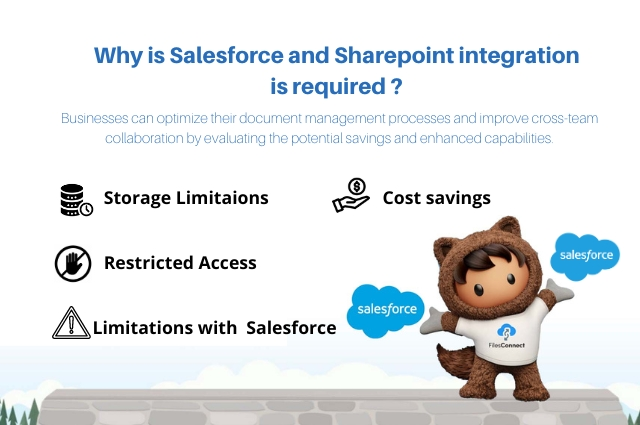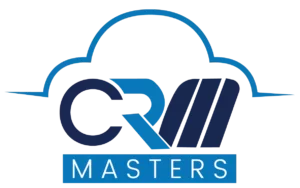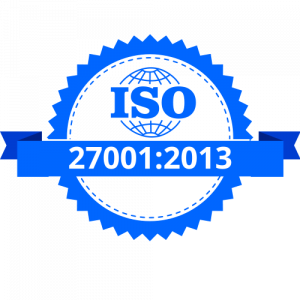
Seamless integration of various platforms has become crucial for organizations striving to enhance productivity, streamline workflows, and drive growth. One powerful integration that has gained prominence is the fusion of Salesforce and SharePoint. As two industry giants, Salesforce and SharePoint bring unique strengths, and their integration can be a game-changer for businesses.
In this blog, we will explore why Salesforce SharePoint integration is an asset for businesses, exploring the benefits, use cases, and strategies to maximize the synergy between these platforms.
What is Salesforce and SharePoint?
Before we delve into the integration, let’s briefly understand what Salesforce and SharePoint bring to the business table.
Salesforce: Renowned as the world’s leading customer relationship management (CRM) platform, it empowers organizations to manage customer interactions and streamline various business processes. It offers a comprehensive suite of sales, marketing, customer service, and analytics tools.
SharePoint: Developed by Microsoft, SharePoint is a powerful collaboration platform that facilitates document management, content sharing, and team collaboration. SharePoint is a centralized repository for storing, organizing, sharing, and accessing information within an organization.
Salesforce SharePoint Integration: Why is it needed?
Salesforce and SharePoint integration has various benefits, focusing on crucial aspects: storage limitation, cost saving, and restricted access. Businesses can optimize their document management processes and improve cross-team collaboration by evaluating the potential savings and enhanced capabilities that may result from integrating these systems.
Storage Limitations
Integrating Salesforce with SharePoint is highly recommended for achieving significant cost savings. Salesforce has storage limitations, offering a base file storage of 10 GB and an additional 2 GB per license. SharePoint provides a base storage advantage with 1 TB plus 10 GB per license purchased, more than Salesforce’s storage capacity by over 40 times.
Integrating with SharePoint allows you to capitalize on its larger storage capacity, leading to cost savings. This integration reduces the reliance on additional Salesforce storage, resulting in significant cost reductions for your organization.
Cost Savings
For cost savings, businesses can harness the advantages of SharePoint’s unrestricted file size and flexible file type capabilities. This allows for efficient management of diverse document types, thereby enhancing productivity and meeting extensive document management needs within Salesforce.
File Size Limitations: Salesforce imposes restrictions on the size of individual files, with the standard edition limiting the maximum file size to 2 GB. SharePoint enables the storage of larger files, making it well-suited for managing high-resolution images, videos, and other sizable documents.
File Types: Salesforce prohibits certain formats in Salesforce Files, and this is where this integration comes into work, as SharePoint supports a broad range of file types, including executables and multimedia formats. This integration gives businesses greater flexibility in handling diverse file formats within their document management processes.
Restricted Access
Salesforce’s limited access to files for non-Salesforce teams, such as HR, finance, and operations. Integrating Salesforce with SharePoint offers an effective solution, facilitating seamless access to critical files for these teams. Consider a scenario where a sales team uses Salesforce for customer management while the marketing team relies on SharePoint for storing marketing data. The sales team face challenges due to the lack of direct access to the latest marketing materials for client presentations.
However, integrating Salesforce with SharePoint addresses this limitation, providing the sales team with effortless access to marketing materials within Salesforce. They can seamlessly view, download, and share the most up-to-date documents.
Limitations with Salesforce
This includes two crucial aspects of integrating Salesforce with SharePoint: version control and external file sharing. Let’s understand this in brief:
Version Control: Salesforce Files lack inherent version control, denying users access to previous versions or the ability to track changes over time. In contrast, SharePoint’s version history tracking is thorough, offering easy access to past file versions and preventing data loss.
External File Sharing: Salesforce falls short in providing advanced external file-sharing options, creating challenges for collaboration with non-Salesforce users or external parties like clients and partners. SharePoint’s external sharing options are more advanced, ensuring seamless communication with external teams.
Strategies for Successful Integration

Know Why You Need It?: Keep your objectives and goals of the integration clearly defined. Whether improving collaboration, streamlining processes, or enhancing customer experiences, having a clear vision will guide the integration strategy.
Choose the Right Partner: Businesses must select the right Salesforce Consultant Partner. Always identify the industry-specific expertise while choosing the salesforce integration partner, as every industry has unique challenges and requires unique solutions.
Map Out Workflows: Identify and map out key business processes that involve both Salesforce and SharePoint. Understanding how data and documents flow between these platforms is essential for designing effective integration workflows.
Continuous Training: Invest in comprehensive training programs to ensure users understand the integrated environment. Foster a culture of adoption by emphasizing the benefits and efficiencies of the integration.
Choose the Right Integration Tools: Select integration tools that align with the complexity of your business processes. Salesforce offers integration tools, and third-party solutions, such as those from MuleSoft or Zapier, can also be considered based on specific requirements.
Ensure Data Security: Always ensure data integrity and compliance with your integration partner. Implement security measures to protect sensitive information, considering the security features offered by both Salesforce and SharePoint.
Continuous Monitoring: Regularly monitor the integration performance and seek opportunities for optimization. As business processes evolve, adjustments may be necessary to maintain the effectiveness of the integration.
Conclusion
Salesforce SharePoint integration offers a strategic approach for businesses by combining the strengths of the world’s leading CRM platform with a powerful collaboration and document management solution, allowing organizations to unlock new levels of efficiency, collaboration, and customer satisfaction.
CRM Masters as a Salesforce Consultant Partner helps businesses transform their processes by leveraging a powerful platform like Salesforce. Contact us now to achieve operational excellence and sustainable business growth.












